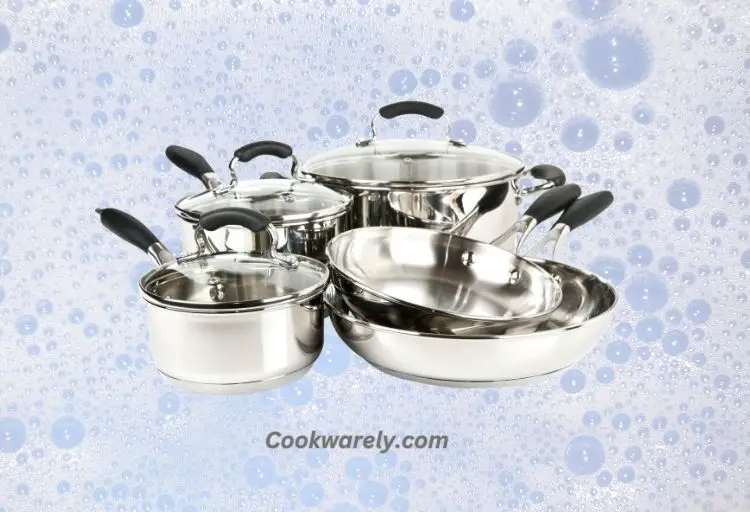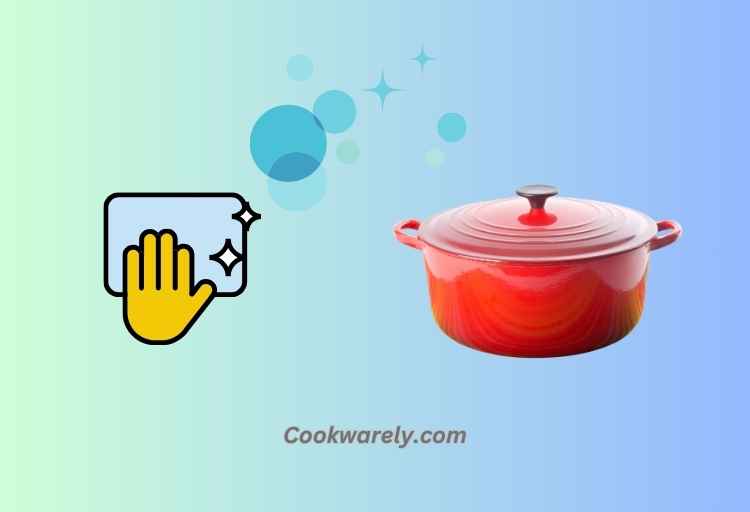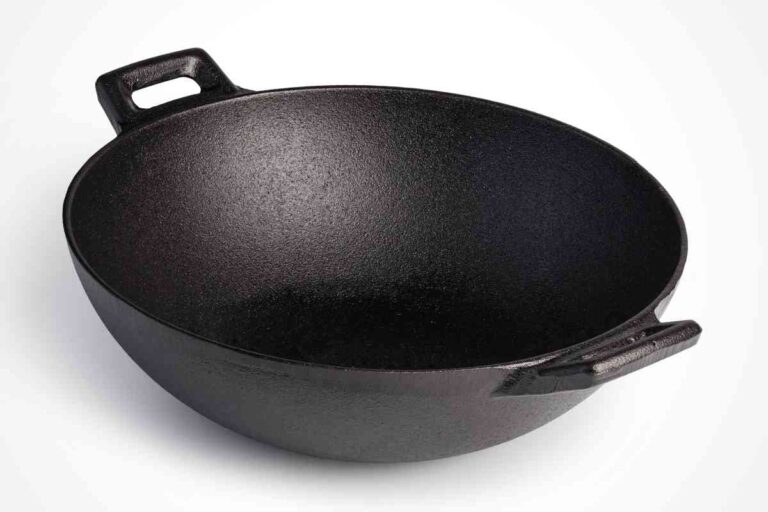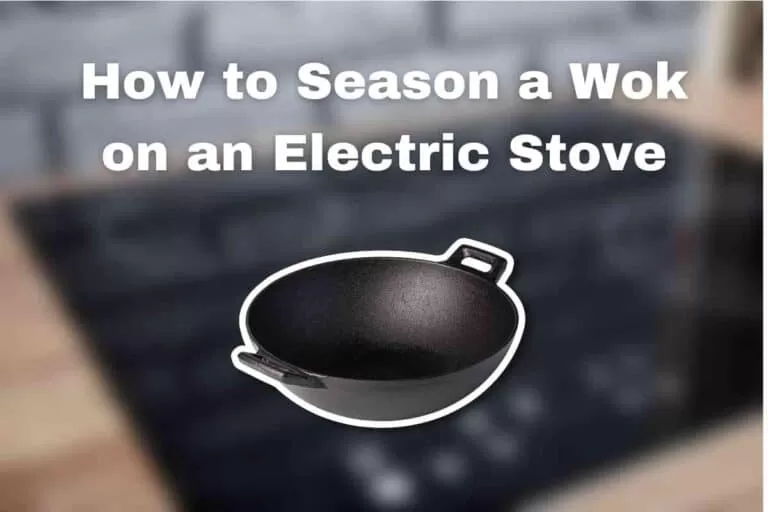Are Dutch Oven Lids Oven Safe?
If you are cooking on an oven that is 375 degrees Fahrenheit or higher, you may be wondering whether your Dutch oven lids are oven safe.
While they are not completely oven safe, you can still use them. However, you must be careful. They can be tricky to lift, so it’s best to use oven mitts when lifting them. You should also avoid placing them in a dishwasher.
Yes, Dutch oven lids are oven safe. You can use them for baking, roasting, braising, or sauté foods. The lid traps moisture and heat, so your food will be cooked evenly and slowly. This makes Dutch ovens ideal for cooking tough cuts of meat or stews.
Le Creuset
Although Le Creuset Dutch ovens can be used in the oven, there are a few things you need to keep in mind. If you’re using an oven with a temperature higher than 375 degrees Fahrenheit, it’s best to use a different type of Dutch oven lid.
The black knobs are phenolic, a plastic-like resin, which will warp or melt above that temperature. This can cause a problem when cooking Dutch oven recipes that call for higher temperatures.
The Le Creuset Dutch oven lids are made from stainless steel, so you don’t have to worry about them rusting in the oven. The metal knobs are made from 18/10 steel, which means that they’re oven safe up to 500 degrees F. They’re also easily cleaned.
Lodge
Lodge Dutch ovens come with lids that are oven safe. They are not dishwasher safe but are simple to clean with soap and water. If they get dirty, you can use a food scraper to clean them thoroughly.
You can also clean them with neutral cooking oil. Lodge Dutch ovens come with lids that are oven safe to the same temperature as the ovens. They are also induction compatible.
Lodge Dutch ovens are made with non-reactive cast aluminum. This material is more durable than stainless steel and is not as likely to break.
They can be used on gas and electric stovetops and in the oven. They are also naturally nonstick. They require no seasoning and do not require a separate pot rack.
Pure Intentions
One of the most important factors to consider when purchasing new kitchen tools is the cooking that you plan to do.
This will determine which appliances you should buy and the type of tools you should use in your kitchen. Generally, you will need pots, pans, knives, cutting boards, utensils, and bakeware to prepare meals for the family. In addition, you will also need serving dishes to serve these meals.
If you plan to use your Dutch oven for baking and roasting, you should consider the best lid for the dish.
You can choose between the traditional Dutch oven lid and the self-basting lid. While most lids are oven-safe up to 375degF, some can be damaged by high heat.
Wolf Gourmet
The Wolf Gourmet Dutch oven with lid is designed for oven-safe cooking and features an aluminum inner core and seven-ply construction. This combination provides superior heat retention and even distribution of heat.
In addition, the handle design is ergonomic, so you can hold the Dutch oven without using oven mitts.
Its flared rims and beveled walls are also comfortable for your hands. Compared to traditional cast iron Dutch ovens, the Wolf Dutch oven is lighter and easier to handle.
The Wolf Multi-Cooker has six cooking modes for different cooking purposes. You can cook in the oven, on a stovetop, or a sous-vide cooker.
It also features a removable stainless steel insert. It is dishwasher-safe and can be used on induction or gas cooktops. It also comes with a five-year warranty.
FAQs
Is Le Creuset Dutch Oven Lid Oven Safe?
Yes, Le Creuset Dutch oven lids are oven safe.
Are Le Creuset Lids Oven Safe?
Yes, Le Creuset lids are oven safe.
Is Dutch Oven Lid Oven Safe?
Typically, Dutch oven lids are oven safe, but it’s best to check the specific manufacturer’s guidelines.
Is Club Dutch Oven Lid Oven Safe?
Club Dutch oven lids’ oven safety may vary by brand, so refer to the manufacturer’s instructions.
Can You Put Le Creuset Lid in the Oven?
Yes, you can put a Le Creuset lid in the oven.
Can I Put Le Creuset Lid in Oven?
Yes, you can put a Le Creuset lid in the oven.
Can You Put a Dutch Oven Lid in the Oven?
Generally, you can put a Dutch oven lid in the oven, but follow manufacturer instructions.
Can All Le Creuset Lids Go in the Oven?
Most Le Creuset lids are oven safe, but verify with the specific lid’s guidelines.
Can I Put a Le Creuset Lid in the Oven?
Yes, you can put a Le Creuset lid in the oven.
Can You Put Lodge Dutch Oven Lid in Oven?
Lodge Dutch oven lids are usually oven safe, but refer to Lodge’s instructions for certainty.
Can You Put the Lid of a Dutch Oven in the Oven?
Typically, you can put the lid of a Dutch oven in the oven, but consult the manufacturer’s recommendations.
Is Dutch Oven Plastic Handle Oven Safe?
Dutch oven plastic handles are generally not oven safe. Check the specific product’s guidelines for confirmation.
Le Creuset Lids in Oven
Le Creuset lids are safe to use in the oven.
Can I Put My Le Creuset Lid in the Oven?
Yes, you can put your Le Creuset lid in the oven.
Is the Le Creuset Lid Oven Safe?
Yes, the Le Creuset lid is oven safe.
What Is Le Creuset Dutch Oven Lid Temperature?
The Le Creuset Dutch oven lid temperature should not exceed the manufacturer’s recommended heat tolerance, typically mentioned in the product’s instructions.




